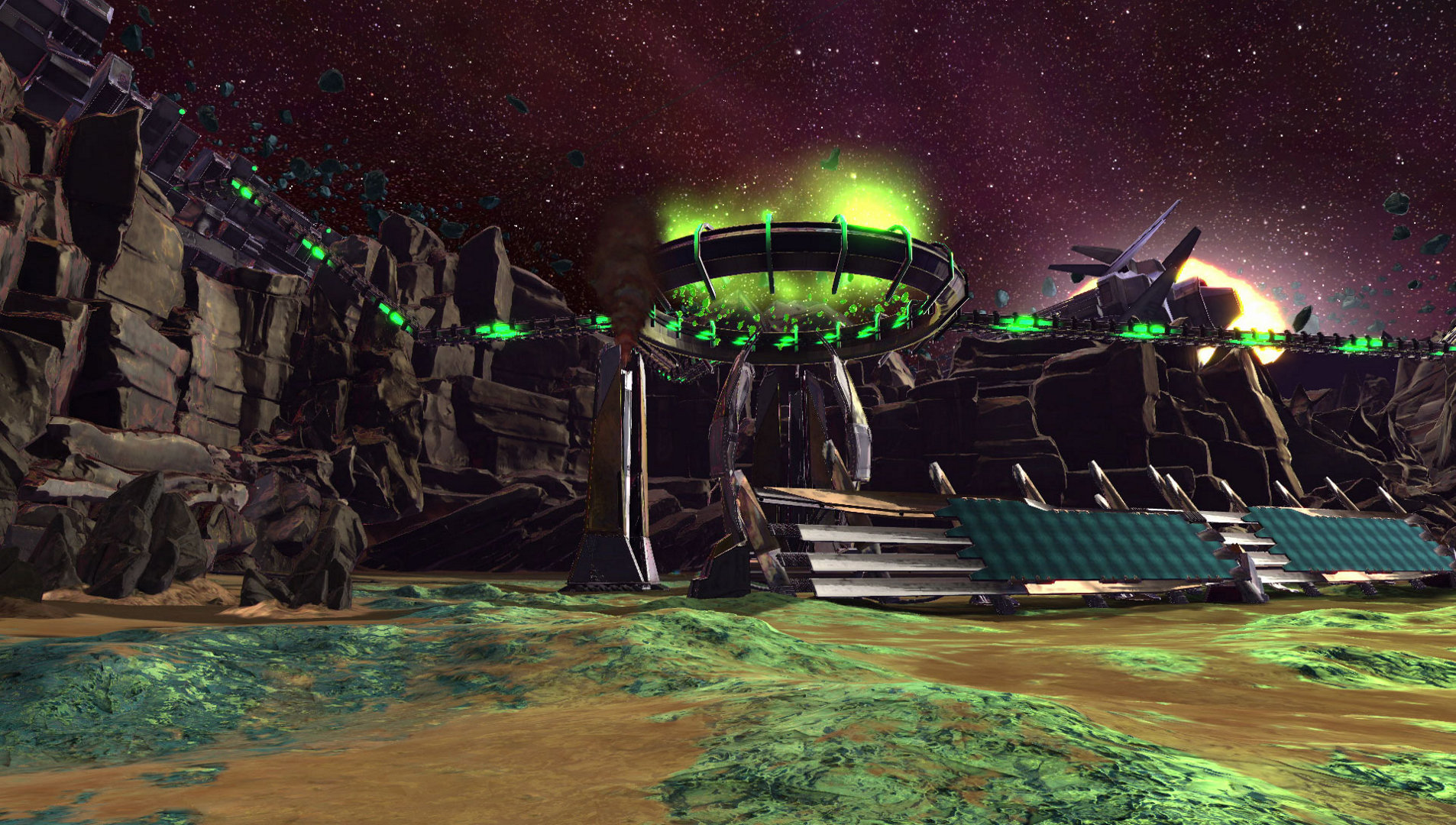


In addition to sampling the comet, Stardust opened another aerogel tray and exposed it to open space during the cruise phase of the mission. Scientists examine the aerogel tray after its arrival at JSC. Once on the ground, the sample return capsule was placed into a dry nitrogen environment and flown to the Stardust Laboratory at JSC.īased on the data returned from the comet encounter and preliminary examination of the Stardust Cometary aerogel, we believe that we captured thousands of grains from Comet Wild-2. The Stardust sample return capsule then cruised back to Earth, and landed early in the morning on Januat the Utah Test & Training Range (UTTR) in western Utah. Following the collection, the aerogel tray was closed, for return to Earth. As the spacecraft passed through the comet’s coma, a tray of silica aerogel was opened and exposed to capture coma dust grains. The mission launched on Februand successfully encountered comet Wild-2 on January 2, 2004. Stardust, a NASA Discovery-class mission, was the first to return samples from a comet and from interstellar space. Frank Sinatra famously recorded just the verse in a 1961 Reprise recording, much to Carmichael's chagrin (although Carmichael is said to have changed his mind on hearing the recording.Stardust: Dust from Comets and Interstellar Space Unusually for a popular song, the verse is both highly melodic and musically sophisticated. Some critics have called "Stardust" the finest love ballad ever written, Parish's evocative lyrics, redolent of loss and nostalgia, perfectly integrated with the phrasing of Carmichael's melody. Versions have been recorded by Louis Armstrong, Artie Shaw, Frank Sinatra, Billie Holiday, Dizzy Gillespie, Nat King Cole, Mel Torme, Connie Francis, Harry Connick Jr, Ella Fitzgerald, The Peanuts, Django Reinhardt, Barry Manilow, John Coltrane, Rod Stewart, Willie Nelson, Billy Ward and the Dominoes, and an instrumental by the Jack Jenney Orchestra featuring Jack's long trombone solo cut one year before he repeated it with a shorter solo on Artie Shaw's recording. An arrangement by Glenn Miller was very popular. "Stardust" became a standard of the big band era, covered by almost every prominent band and singer of the generation. By 1932 over two dozen other bands had recorded "Stardust". Bandleader Isham Jones, however, recorded Carmichael's new arrangement of "Stardust" which became the first of many hit records of the tune. Carmichael wanted to make a new recording for Gennett, but company executives vetoed the idea since they already had his earlier version in their catalogue. 'It is totally 100 true: nearly all the elements in the human body were made in a star and many have come through several supernovas.'. Planetary scientist and stardust expert Dr Ashley King explains. The tune at first only attracted moderate attention, mostly from fellow musicians, a few of whom (including Don Redman) recorded their own versions of Carmichael's tune.Ĭarmichael reworked the piece as a slow ballad in 1929, and the same year Mitchell Parish added lyrics. Stars that go supernova are responsible for creating many of the elements of the periodic table, including those that make up the human body. Carmichael said he was inspired by the types of improvisations made by Bix Beiderbecke.

"Stardust" (the song's original title was "Star Dust", which has long since been compounded into "Stardust") was composed and first recorded in Richmond, Indiana for Gennett Records by Carmichael's band in 1927 as a peppy jazz number. "Stardust" is an American popular song composed in 1927 by Hoagy Carmichael with the lyrics added four years later by Mitchell Parish. Really note-for-note jazz piano, bass, drums, sax transcriptions


 0 kommentar(er)
0 kommentar(er)
